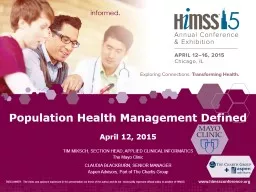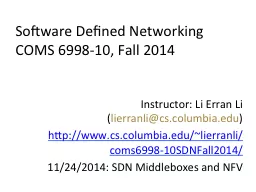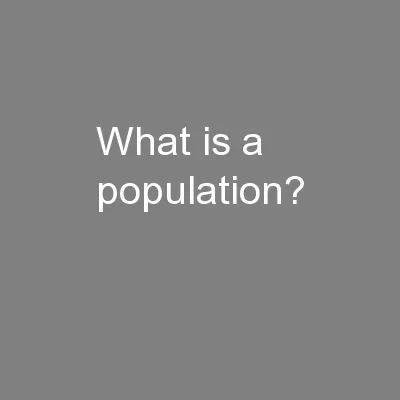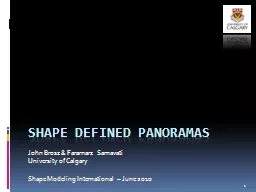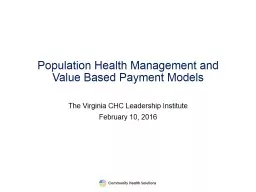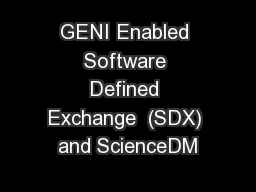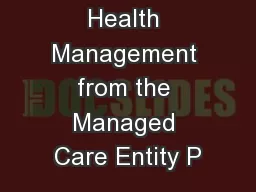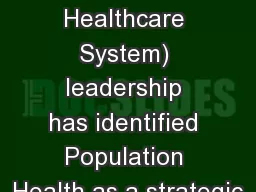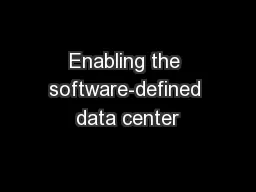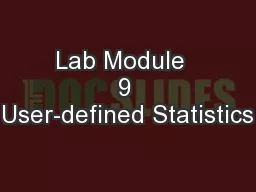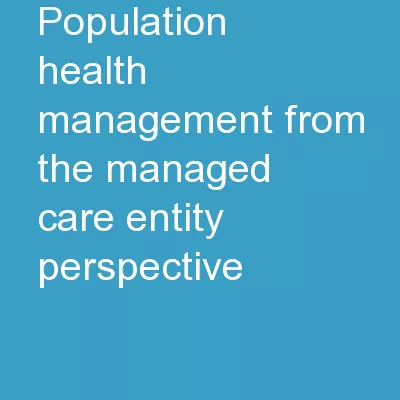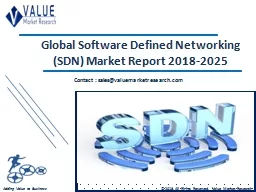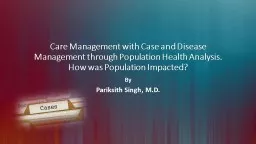PPT-Population Health Management Defined
Author : faustina-dinatale | Published Date : 2019-02-09
April 12 2015 Tim Miksch Section Head Applied Clinical Informatics The Mayo Clinic Claudia Blackburn Senior Manager Aspen Advisors Part of The Chartis Group DISCLAIMER
Presentation Embed Code
Download Presentation
Download Presentation The PPT/PDF document "Population Health Management Defined" is the property of its rightful owner. Permission is granted to download and print the materials on this website for personal, non-commercial use only, and to display it on your personal computer provided you do not modify the materials and that you retain all copyright notices contained in the materials. By downloading content from our website, you accept the terms of this agreement.
Population Health Management Defined: Transcript
Download Rules Of Document
"Population Health Management Defined"The content belongs to its owner. You may download and print it for personal use, without modification, and keep all copyright notices. By downloading, you agree to these terms.
Related Documents

